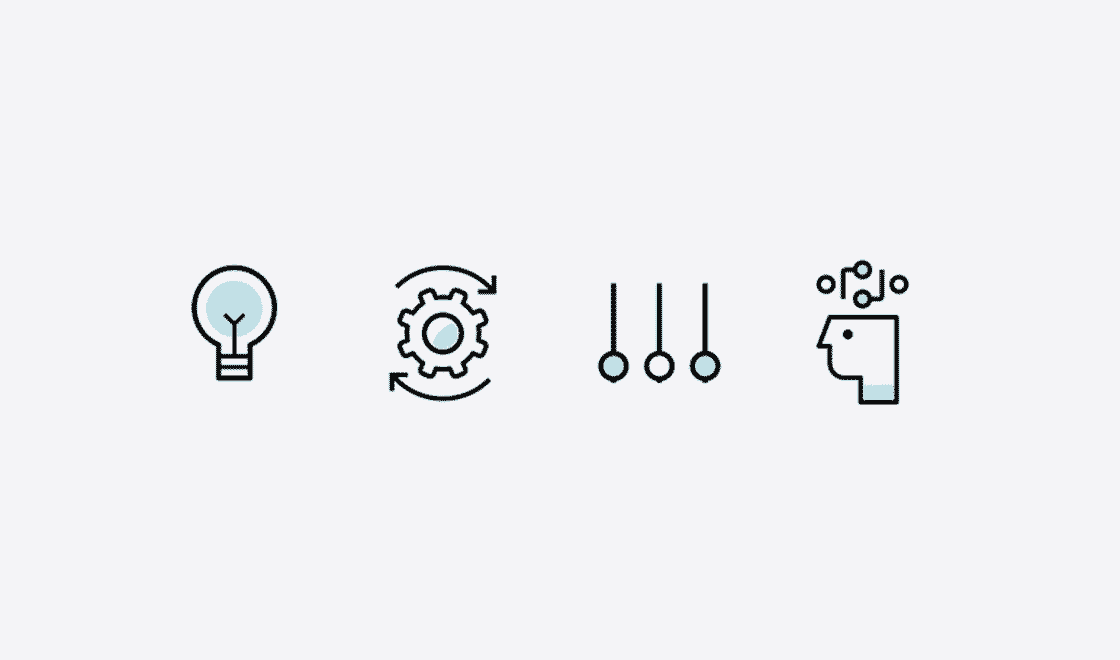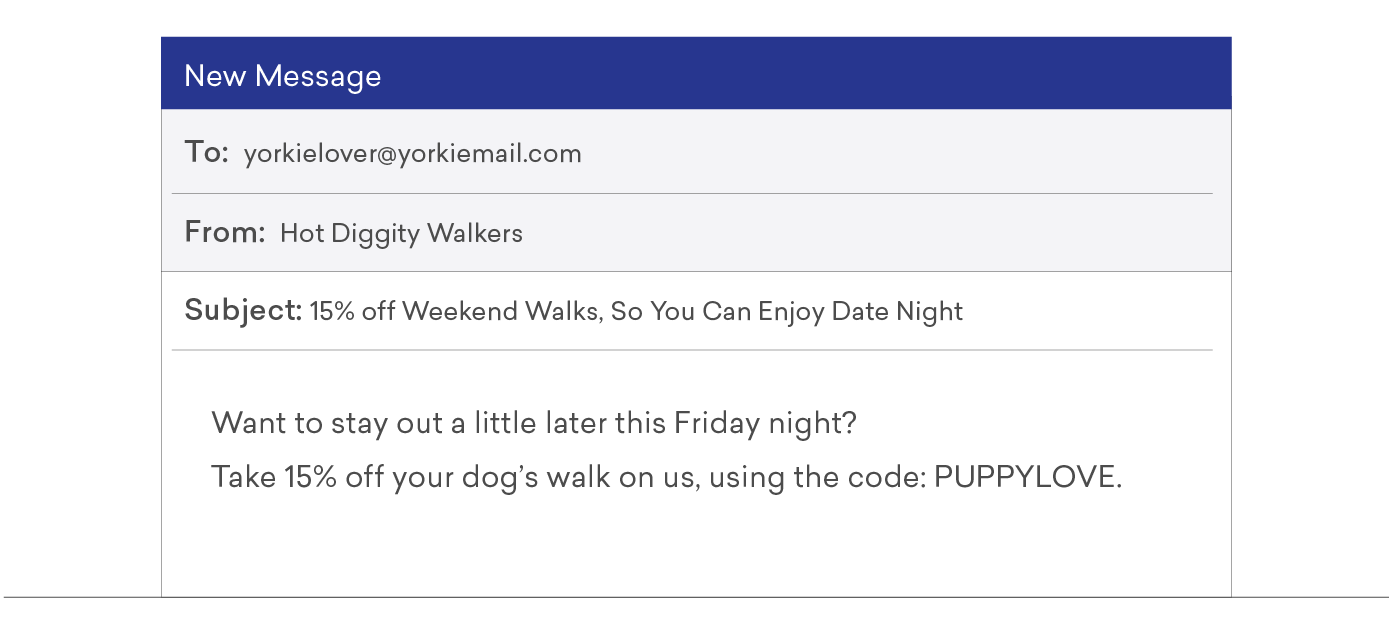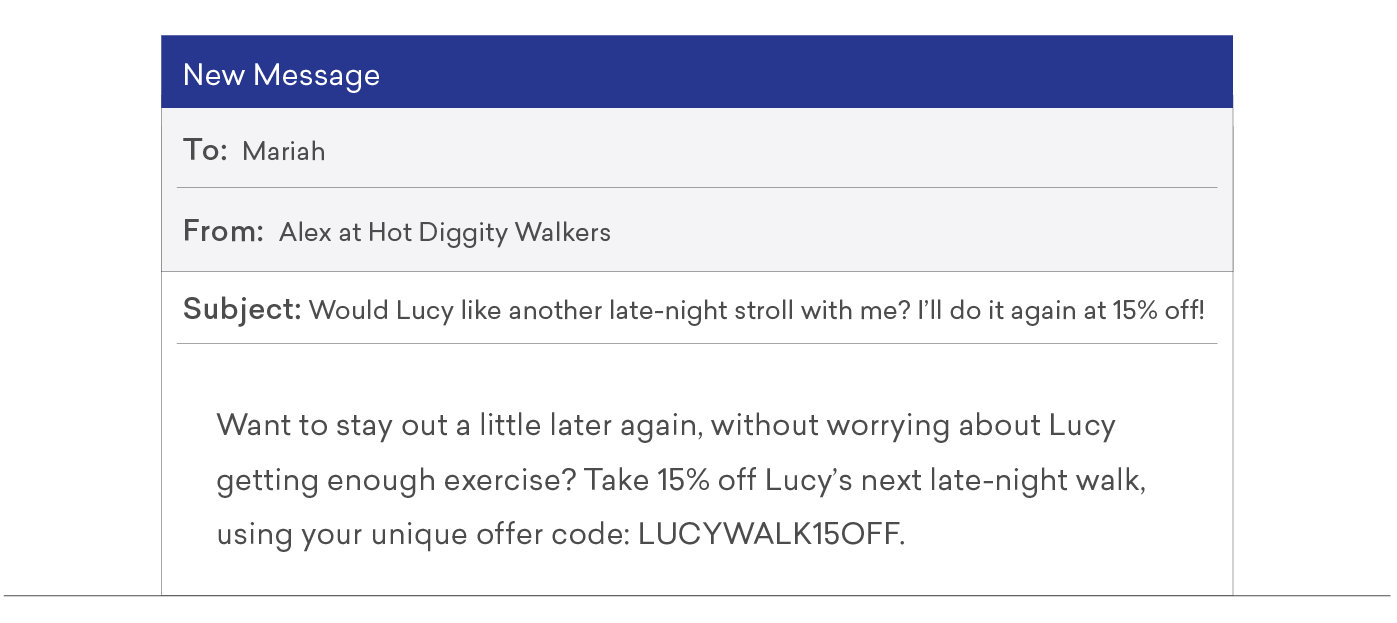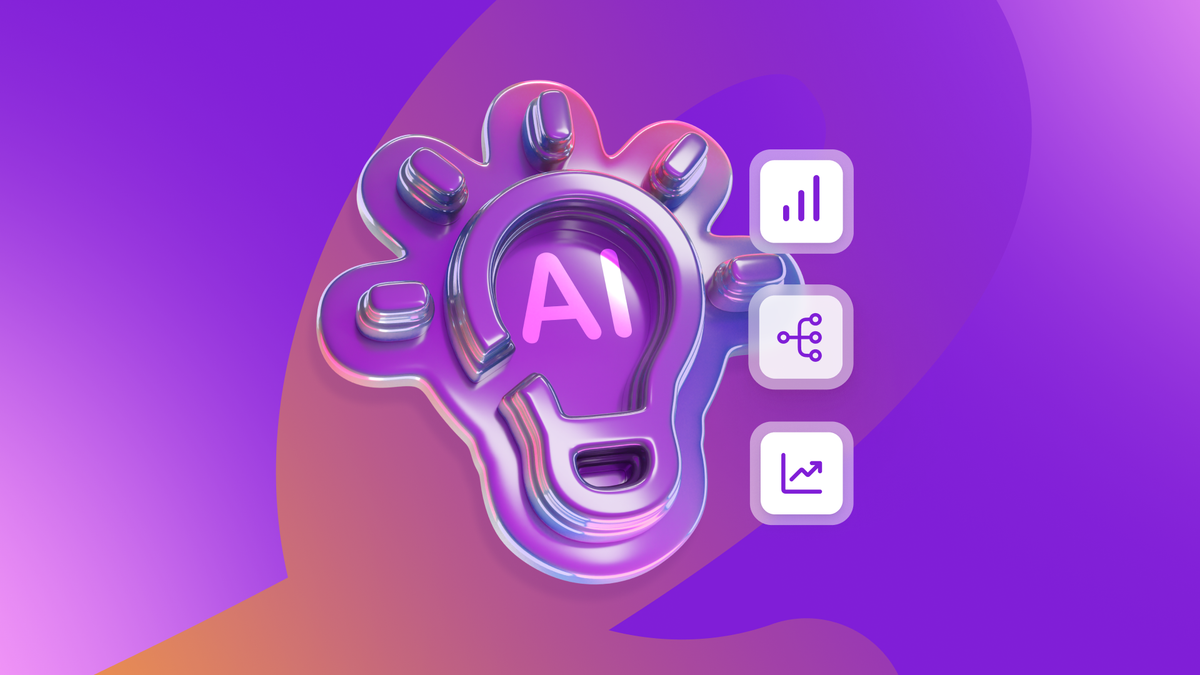Marketing at the Speed of Instinct
Published on April 19, 2018/Last edited on April 19, 2018/5 min read


Mary Kearl
WriterClose your eyes. Now picture all the nuanced messages you want to share with your customers, each unique individual with their own wants and needs. Now just think how each one of them is being bombarded with messages every day, no matter how many times they feel like they’ve turned off annoying notifications or unsubscribed from spammy lists. A lot of these messages are coming from marketers who are, frankly, doing their job poorly—you know, offering up some vague, irrelevant promotion the recipient is not now nor ever will be interested in. Now open your eyes to this ugly but true reality: All of this is making it more challenging and more important for you to do your job so much better.
On top of this, you only have about eight seconds to make an impact (less time than a goldfish’s attention can be held for, some say). OK, there’s some debate over whether human attention spans are shorter than that of goldfish. But what is certain is that, while daily time spent on mobile devices is up one hour since 2013, your competition is not just the Uber to your Lyft or the Snapchat to your Facebook. Your competition is every single brand, media, service company — you name it — that is also vying for your customer’s attention.
That’s why today’s best marketers are the ones armed with today’s best technology: automated marketing tools. These solutions not only empower customer-focused campaigns to be created, deployed, tested, and tweaked at the speed of gut instinct, they also promise the kind of effectiveness that can only come from data-backed iteration.
In other words, thanks to marketing automation and AI technology, you no longer have to just trust your gut and hope for the best to move fast when communicating with your customers.
Today’s best marketers are the ones armed with today’s best technology: automated marketing tools.
From Traditional To Next-Level Marketing Moxie
Take a traditional marketing offer that a (in this case, obviously fictional) company offering on-demand dog-walking may want to send out. In the past, marketing teams armed with some copywriting panache and design chops might have dashed out a campaign like Offer A here below. They’d pat themselves on the back, watch the dog-walking demand tick up, chalk it up to their campaign, and call it a day—after all, what else could it be? Who had the technology to know for sure?

Imagine after some trial and error on the “From” line, Hot Diggity Walkers discovers that including the dog walker’s name isn’t helping open or booking rates. And, after testing, they realize that “Get 2 Late-Night Walks for the Price of 1” is a more compelling offer than “15% off.” Here’s the final, polished Offer C they can send out, all their learnings in tow.

Features And AI Technology To Look For In A Marketing Automation Platform
Multichannel, Multi-Device
Wherever your user is connecting and engaging, that’s where you want to be able to communicate with them.
Multivariate Testing
Companies like Lyft are building their business and customer engagement through a test-first-often-and-always mindset. Beyond comparing one variable—say one subject line to another—multivariate testing allows you to test more, such as subject lines, body copy, and the color of the CTA button. Even better, it makes it possible for marketers to quickly gut-check new ideas for their messaging, allowing them to try out bold approaches on a small audience to see if they merit a wider audience.
Intelligent Timing
Going beyond “when’s the best time to send a message to a given user?”, you can also drill down into which channel(s) will be the best to reach them. Take Hot Diggity Walkers above. They could test the same offer by send date, time, and method of delivery (email vs. another channel, such as push notification). Another gem to look out for? Frequency capping: With this tool, no one will see more than X number of messages in a given time period overall or per certain channels, ensuring that you’re not accidentally spamming customers when you run multiple campaigns simultaneously.
Location-Based Marketing Solutions
Knowing where your customers are can help you send the right message or, just as important, avoid sending the wrong message. Some of these solutions include:
- Location-targeting: Create segments of users based on their last known location.
- Location-data enrichment: Beyond the ZIP code or region of where they last opened your app or website, do you know the specific places your users like to go to? Do they frequent the gym and yoga studios or Hookah bars and drunk brunch spots, or all of the above? Knowing their favorite haunts may help how you message them in creative, compelling ways.
- Geofencing: Trigger messages in real time when users enter defined geographical areas.
- Beacons: Even more precise than geofencing, deploy campaigns when customers are as close as a few centimeters away from a specific pinpoint.
Lifecycle Mapping
Tools like Braze’s Canvas allow marketers to plot out customer journeys to picture the campaigns your customers come across and try out specific sequencing of messages. And, since Canvas features AI, it’s easy to ensure that messages are delivered a the ideal time for each user and that the most impactful version of each campaign is the one being delivered to the bulk of your audience.
Campaign Analytics
Be sure you have the ability to tie together marketing technologies that will support deep dives into the data at your disposal—making it possible to mine large volumes of customer data for nuggets of insight, such as how to create more meaningful segments. Hint: To get there, you want real-time engagement data that you can act on at the speed of instinct.
What next?
Marketing automation and artificial intelligence have made it easier than ever before to test, iterate, and optimize campaigns. So if you aren’t taking advantage of what’s out there, you have only one question to ask yourself: Why not?
And for some bonus reading material—that’s like mental extra credit—check out what our VP of Product, Kevin Wang, has to say about how people and data impact the use of AI for customer engagement.
Releated Content
View the Blog
Enterprise generative AI: Transforming data, decisions, and customer experiences

Team Braze

Omnichannel personalization: Delivering consistent, connected customer experiences

Team Braze

Are you AI-savvy enough to survive? A wake-up call for CMOs
